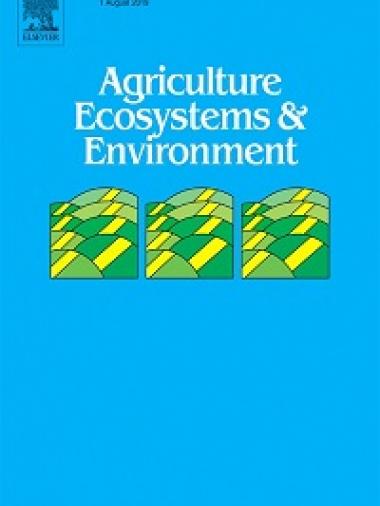Making trees count: Measurement and reporting of agroforestry in UNFCCC national communications of non-Annex I countries

Agroforestry—the integration of trees with crops and livestock—generates many benefits directly relevant to the UNFCCC’s Koronivia Joint Work on Agriculture, including: (i) building resilience, (ii) increasing soil carbon and improving soil health, (iii) providing fodder and shade for sustainable livestock production and (iv) diversifying human diets and economic opportunities. Despite its significance to the climate agenda, agroforestry may not be included in measurement, reporting and verification (MRV) systems under the UNFCCC. Here we report on a first appraisal of how agroforestry is treated in national MRV systems under the UNFCCC. We examined national communications (NCs) and Nationally Determined Contributions (NDCs) of 147 countries, REDD + strategies and plans of 73 countries, and 283 Nationally Appropriate Mitigation Actions (NAMAs), as well as conducted interviews with representatives of 12 countries in Africa, Asia and Latin America. We found that there is a significant gap between national ambition and national ability to measure and report on agroforestry. Forty percent of the countries assessed explicitly propose agroforestry as a solution in their NDCs, with agroforestry being embraced most widely in Africa (71%) and less broadly in the Americas (34%), Asia (21%) and Oceania (7%). Seven countries proposed 10 agroforestry-based NAMAs. Of 73 developing countries that have REDD + strategies, about 50% identified agroforestry as a way to combat forest decline. Despite these intentions, however, agroforestry is not visible in many MRV systems. For example, although 66% of the countries reported non-forest trees in the national inventory, only 11% gave a quantitative estimate of number of trees or areal extent. Interviews revealed institutional, technical and financial challenges preventing comprehensive, transparent inclusion of agroforestry in MRV systems. The absence has serious implications. If such trees are not counted in inventories or climate change programs, then a major carbon sink is not being accounted for. Only if agroforestry resources are measured, reported and verified will they gain access to finance and other support. We discuss four recommendations to better match ability to ambition.
Citation
Rosenstock TS, Wilkes A, Jallo C, Namoi N, Bulusu M, Suber M, Mboi D, Mulia R, Simelton E, Richards M, Gurwick N, Wollenberg E. 2019. Making trees count: Measurement and reporting of agroforestry in UNFCCC national communications of non-Annex I countries. Agriculture, Ecosystems & Environment 284:106569.